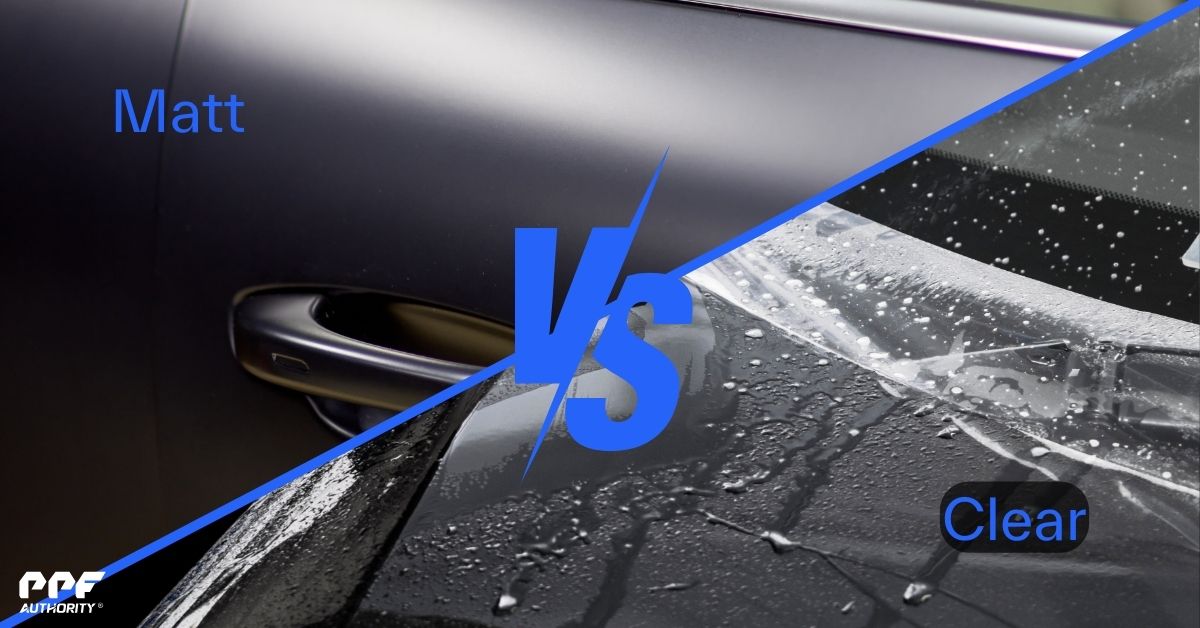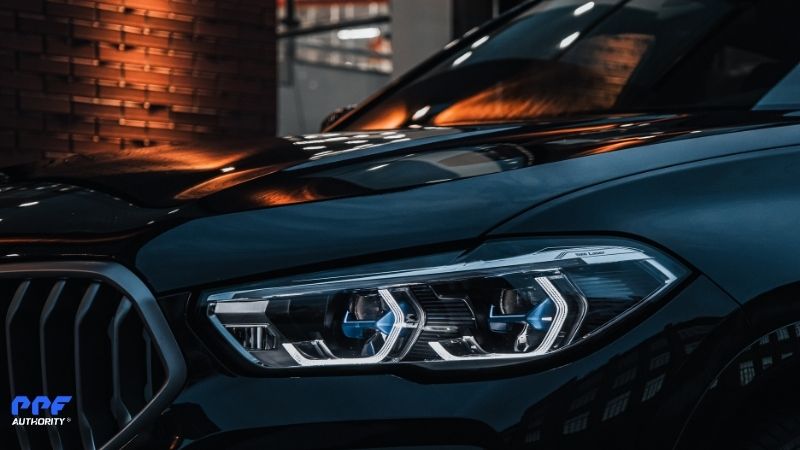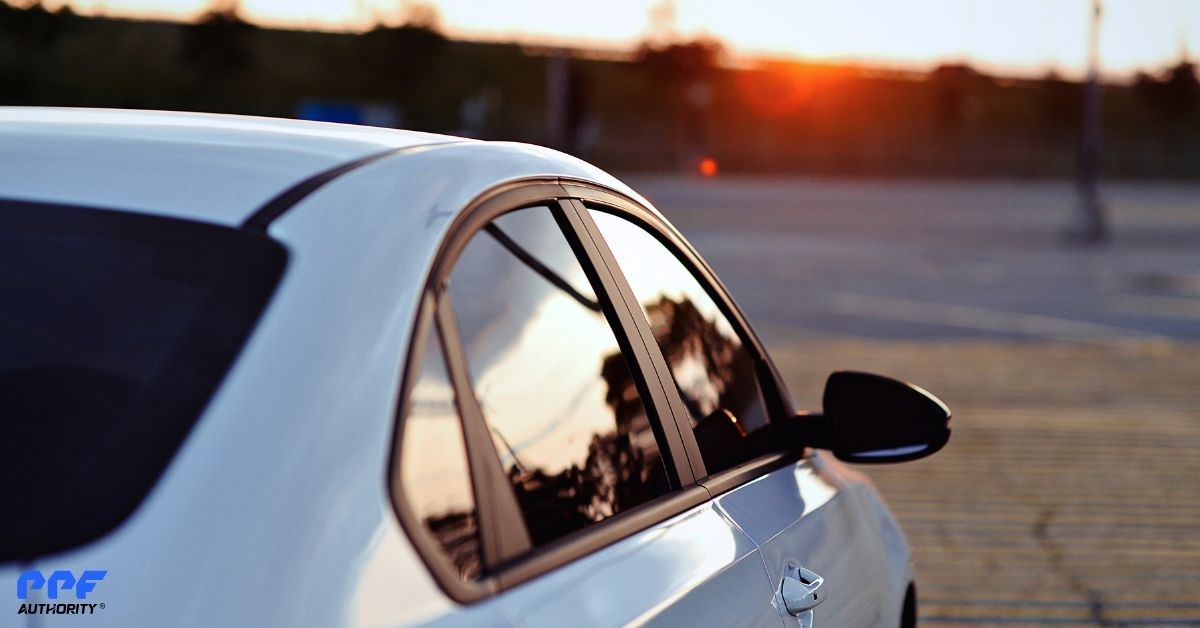Introduction
Paint Protection Film (PPF) is a highly effective way to safeguard your vehicle’s paint from chips, scratches, UV damage, and other wear and tear caused by everyday driving. While it’s a popular choice for vehicle owners who want to preserve the appearance and value of their cars, PPF installation can be a significant investment, often costing anywhere from $1,000 to $5,000 depending on the coverage area and quality of the film.
Given the expense, you may wonder: Will car insurance cover the cost of PPF? The answer depends on your insurance policy, the circumstances of the installation, and whether you have the right type of coverage or endorsements.
When Car Insurance Might Pay for PPF
In general, car insurance is designed to cover damage from accidents, theft, or other covered events—not preventative measures like PPF installation. However, there are specific situations where insurance may pay for PPF:
1. After Repairs Due to an Accident
If your vehicle is involved in an accident and needs paint repairs or replacement parts, your insurance may pay for PPF as part of the restoration process if:
- The PPF was already installed before the accident and documented as part of your vehicle’s customization.
- You request that PPF be reapplied to repaired areas after your vehicle is fixed.
Key Tip: To qualify, you’ll typically need comprehensive or collision coverage, depending on the nature of the damage.
2. If You Have Custom Equipment Coverage
Some insurance companies offer custom equipment coverage or accessory endorsements as an add-on to your standard policy.
- This coverage is specifically designed for aftermarket additions, such as PPF, ceramic coatings, custom wheels, and performance upgrades.
- It can reimburse you for the cost of replacing or repairing PPF damaged in a covered event.
Important: Custom equipment coverage must usually be added to your policy before damage occurs, and you’ll need to provide proof of the PPF’s installation cost.
3. As Part of a New Car Purchase
If PPF is applied at the dealership when you buy a new car, some lenders or insurance policies may include it in the total insured value of the vehicle.
- In this case, PPF may be covered if the vehicle is stolen or totaled.
Example: If your policy provides replacement value for a new car, it might include the cost of dealer-installed PPF.
When Car Insurance Won’t Pay for PPF
In many cases, car insurance will not cover the cost of PPF installation or replacement:
1. Preventative Measures Are Excluded
Most standard insurance policies are designed to cover damage, not preventative measures. Since PPF is applied to prevent scratches, chips, and other minor issues, it’s often considered an elective expense.
2. Wear and Tear Is Not Covered
PPF can wear out over time due to exposure to road debris, UV rays, and weather. Insurance typically does not cover wear and tear or maintenance-related costs, including the replacement of aging PPF.
3. DIY or Non-Professional Installations
Insurance companies may refuse to cover PPF installed by non-professional services or without proper documentation. DIY installations, for example, are unlikely to qualify for reimbursement.
How to Determine if Your Insurance Covers PPF
1. Review Your Policy
Carefully read your car insurance policy, paying attention to sections about:
- Comprehensive and collision coverage.
- Custom or aftermarket equipment endorsements.
- Coverage for repairs after an accident.
2. Ask Your Insurance Provider
Speak with your insurance agent or company representative to confirm whether PPF is covered. Ask about:
- Requirements for documenting the PPF installation.
- Adding custom equipment coverage to your policy.
- Coverage limits for aftermarket modifications.
3. Document the Installation
To maximize the chances of getting insurance to pay for PPF, you’ll need proper documentation, including:
- A receipt or invoice showing the cost and date of installation.
- Proof that the installation was performed by a professional service.
- Photos of the PPF on your vehicle.
Tips for Reducing PPF Costs Without Insurance
If your insurance doesn’t cover PPF, there are still ways to make the installation more affordable:
1. Cover High-Impact Areas
Instead of applying PPF to the entire vehicle, focus on high-impact areas like:
- The front bumper.
- Hood and fenders.
- Side mirrors.
- Door edges.
This approach reduces costs while still providing significant protection.
2. Bundle Services
Some shops offer discounts if you bundle PPF with other services, such as ceramic coating or window tinting.
3. Shop Around for Installers
Prices for PPF installation can vary widely, so compare quotes from multiple professional installers to find the best value.
Alternatives to PPF Insurance Coverage
If your insurance doesn’t cover PPF, consider these alternatives:
1. Manufacturer Warranties
Many high-quality PPF brands offer warranties that cover peeling, yellowing, or bubbling for up to 10 years.
2. Financing Options
Some installers offer financing plans, allowing you to spread out the cost of PPF installation over time.
3. Tax Deductions for Business Vehicles
If you use your vehicle for business purposes, the cost of PPF installation may be tax-deductible. Check with a tax professional to see if you qualify.
Conclusion
While car insurance doesn’t typically cover the cost of installing Paint Protection Film (PPF), there are scenarios where it might—such as during post-accident repairs or with the right custom equipment coverage. To determine if your policy includes PPF, review your coverage details, speak with your insurance provider, and document your installation thoroughly.
Even if insurance won’t pay for PPF, it remains a worthwhile investment for protecting your vehicle’s value and appearance. By exploring financing options, focusing on high-impact areas, or bundling services, you can make PPF installation more affordable and enjoy long-term benefits.



